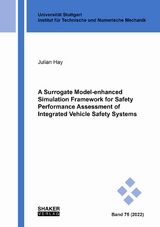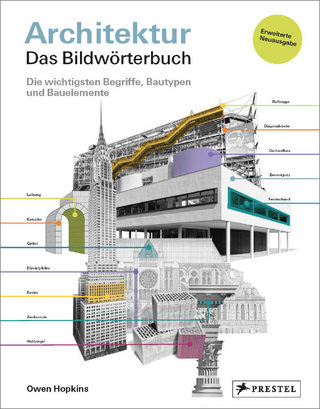A Surrogate Model-enhanced Simulation Framework for Safety Performance Assessment of Integrated Vehicle Safety Systems
Seiten
In this work, a simulation framework is presented that combines scenario and vehicle dynamics, occupant displacement in the pre-crash phase, vehicle crash and occupant safety system simulation. Since highly accurate simulation models such as multi-body or nite element models are mainly used in the field of vehicle safety, long computation times are required to investigate one driving and collision scenario. In order to reduce the required computational effort and allow an analysis of hundreds or more scenarios in a short time, surrogate models are developed for each cost-intensive simulation model, which approximate the relevant simulation data in a reduced time.
In general, surrogate models can be divided into three types: physical, data-based, and hybrid models. In this work, different surrogate modeling approaches are implemented and compared with respect to mathematical and vehicle safety-based metrics. Furthermore, a sensitivity analysis of the respective surrogate models is performed and the propagation of the prediction error through successive surrogate models is investigated. The surrogate models that provide the most accurate approximation of the desired simulation output are then integrated into the simulation framework.
Subsequently, a safety performance assessment of integrated vehicle safety systems is performed by leveraging the developed surrogate models, which reduce the computation time per considered scenario from several hours to a few seconds. In a first proof of concept, the safety performance of an autonomous emergency braking system in combination with a standard adaptive restraint system in frontal collisions is assessed in terms of reduced impact speed and injury risk for a 50-percentile driver.
In general, surrogate models can be divided into three types: physical, data-based, and hybrid models. In this work, different surrogate modeling approaches are implemented and compared with respect to mathematical and vehicle safety-based metrics. Furthermore, a sensitivity analysis of the respective surrogate models is performed and the propagation of the prediction error through successive surrogate models is investigated. The surrogate models that provide the most accurate approximation of the desired simulation output are then integrated into the simulation framework.
Subsequently, a safety performance assessment of integrated vehicle safety systems is performed by leveraging the developed surrogate models, which reduce the computation time per considered scenario from several hours to a few seconds. In a first proof of concept, the safety performance of an autonomous emergency braking system in combination with a standard adaptive restraint system in frontal collisions is assessed in terms of reduced impact speed and injury risk for a 50-percentile driver.
| Erscheinungsdatum | 10.08.2022 |
|---|---|
| Reihe/Serie | Schriften aus dem Institut für Technische und Numerische Mechanik der Universität Stuttgart ; 2022, 75 |
| Verlagsort | Düren |
| Sprache | englisch |
| Maße | 148 x 210 mm |
| Gewicht | 218 g |
| Themenwelt | Sachbuch/Ratgeber ► Natur / Technik ► Technik |
| Technik ► Fahrzeugbau / Schiffbau | |
| Schlagworte | Integrated Vehicle Safety • Safety Performance Assessment • simulation framework • Surrogate modeling |
| ISBN-10 | 3-8440-8727-3 / 3844087273 |
| ISBN-13 | 978-3-8440-8727-7 / 9783844087277 |
| Zustand | Neuware |
| Haben Sie eine Frage zum Produkt? |
Mehr entdecken
aus dem Bereich
aus dem Bereich
die wichtigsten Begriffe, Bautypen und Bauelemente
Buch | Softcover (2024)
Prestel (Verlag)
32,00 €
Buch | Hardcover (2021)
C. Bertelsmann (Verlag)
18,00 €
vom Kolosseum über die Akropolis bis zur Alhambra
Buch | Hardcover (2023)
DK (Verlag)
19,95 €




